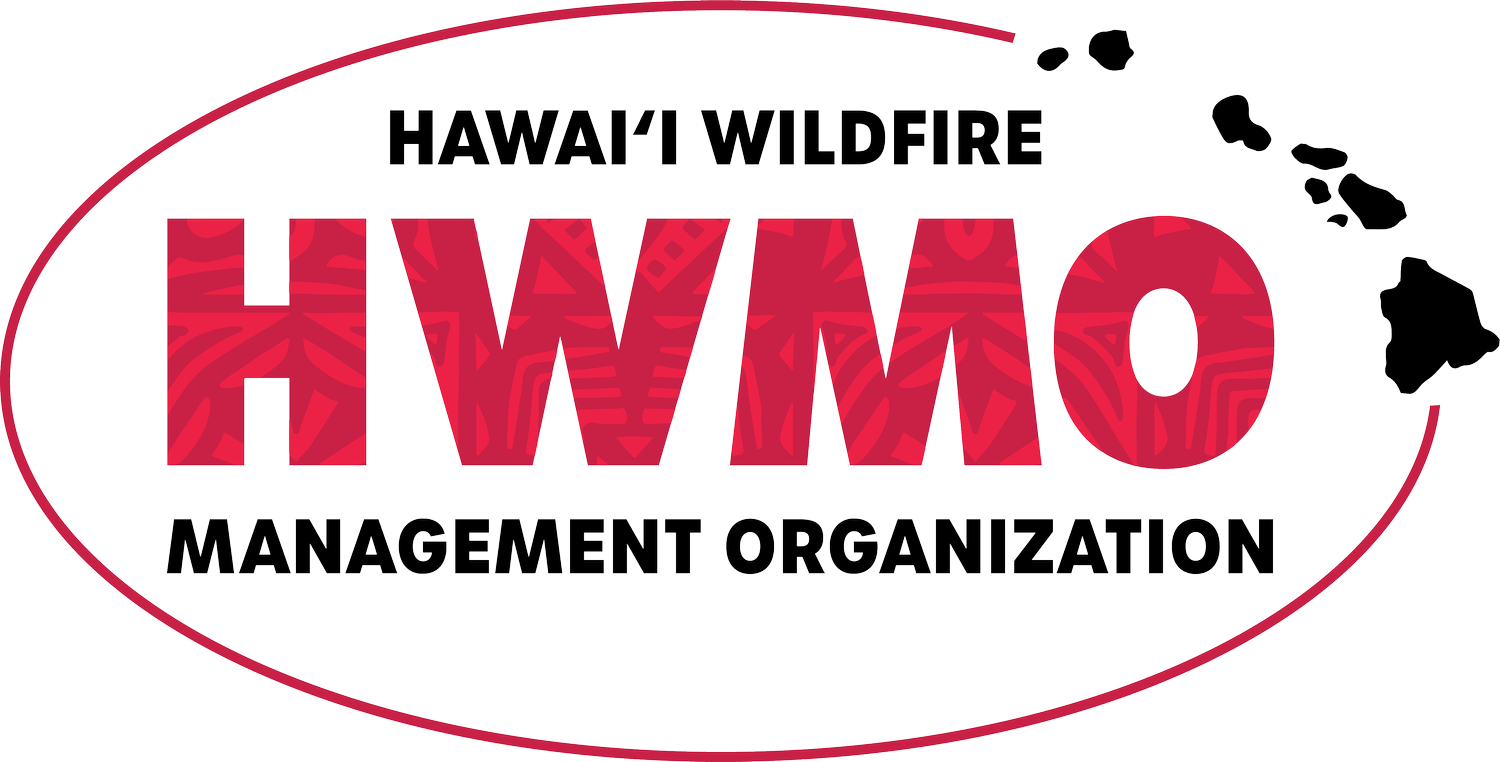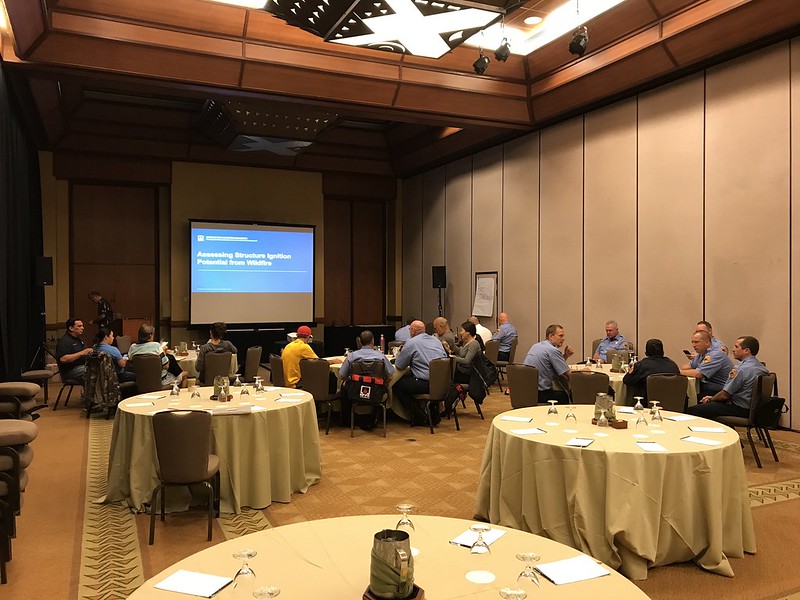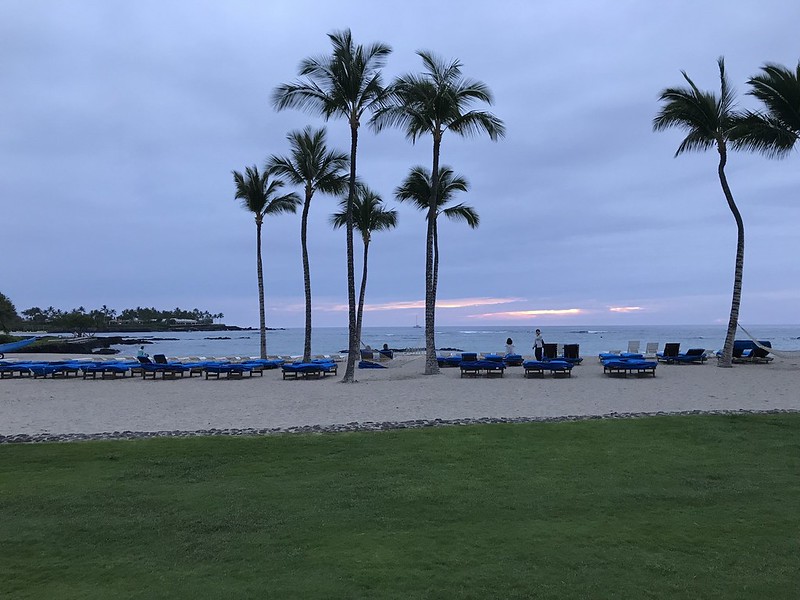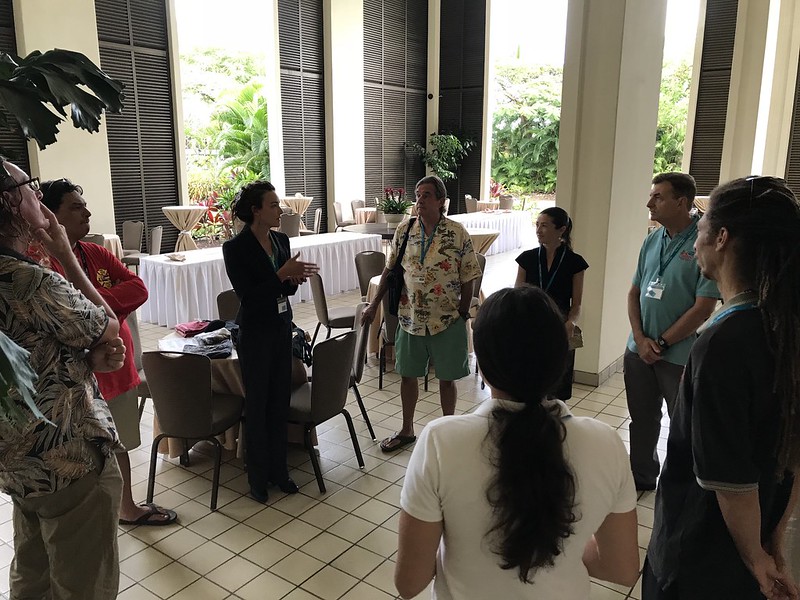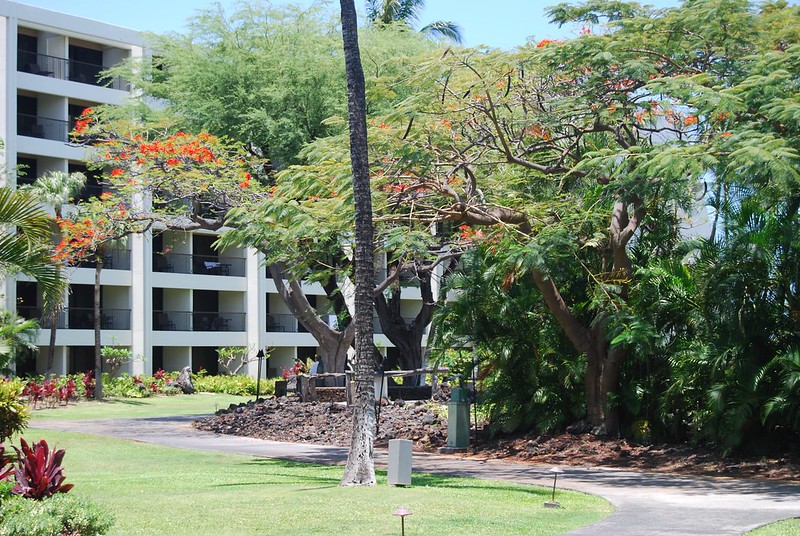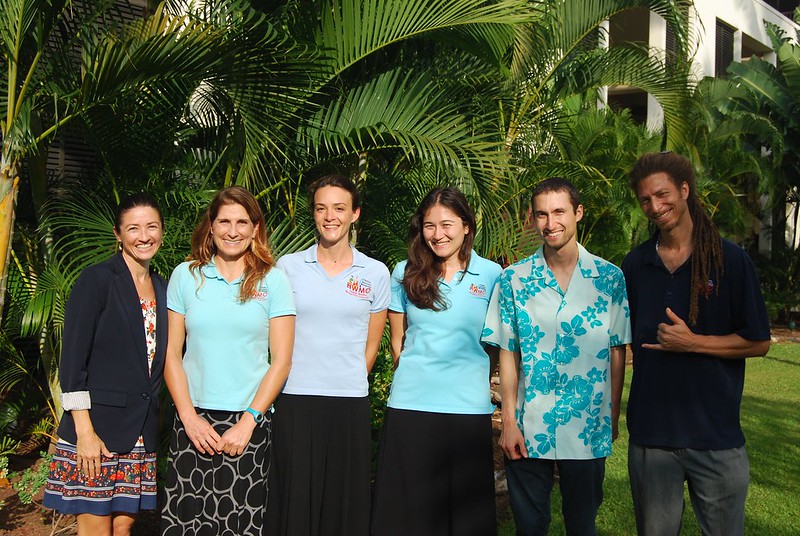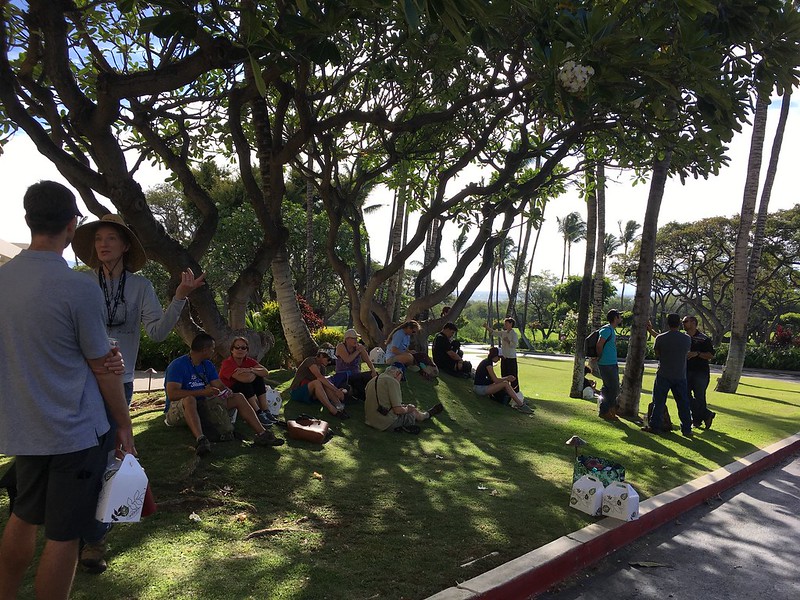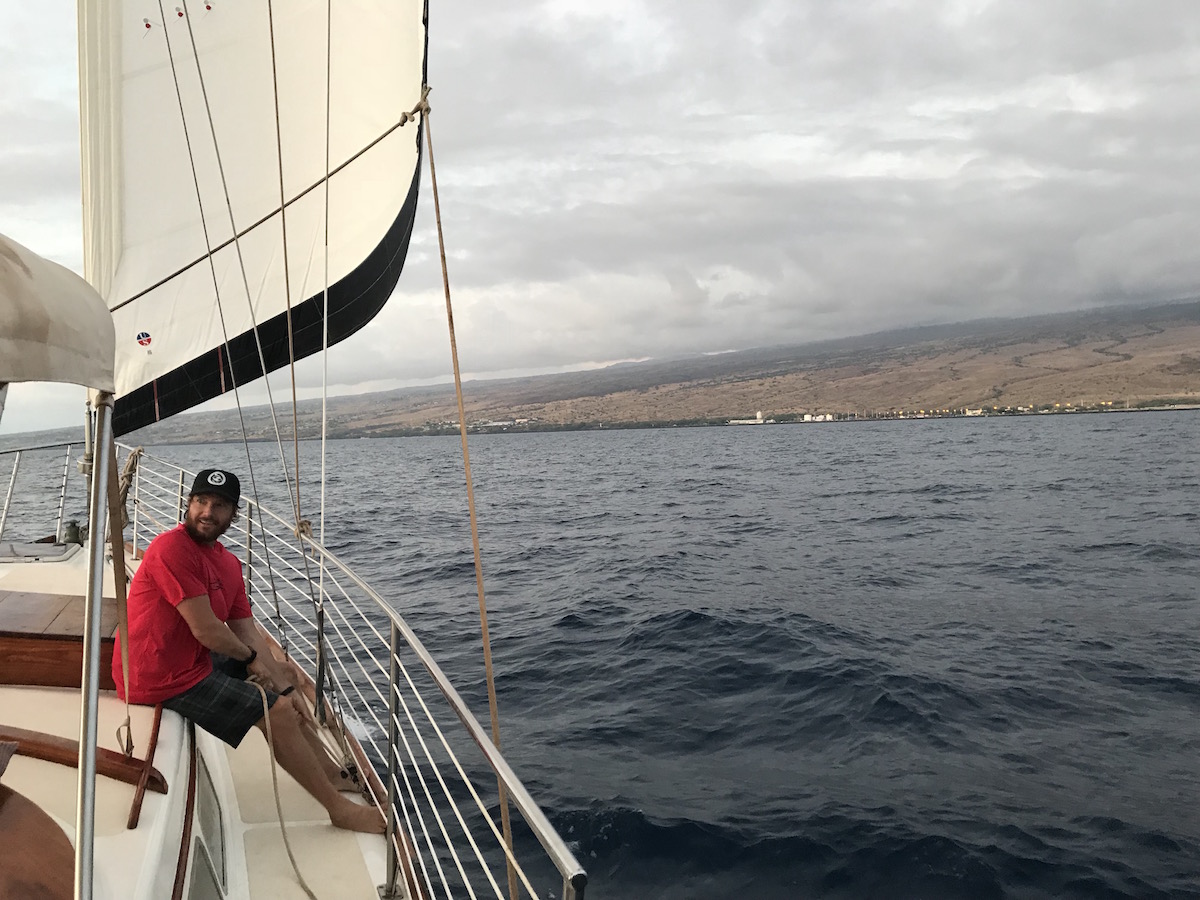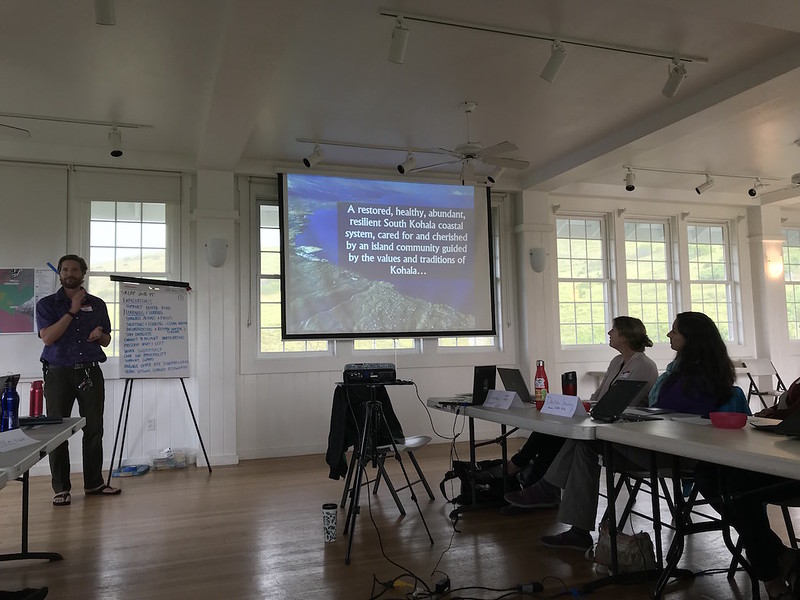Native dryland plants can be an added defense for your home, though like with any plants, site location and what you plant matters greatly for fire safety reasons. On November 4th, Kanehoa Firewise Committee members invited HWMO to join them for a Firewise Native Plant Workshop. Fifteen community members listened in as guest speaker Jill Wagner of Hawaii Island Seed Bank talked story about the importance of restoring native plants in our own communities. The area between Puu Waa Waa to Kohala Mountain on the leeward side was one of the most biodiverse areas in Hawaii, she shared. Years of drought, invasive species and disease stress, overgrazing, climate change, and wildfire have contributed to the demise of the native forests, which act as important watersheds. We have seen some success in recent years towards preserving and restoring these native forests with the emergence of strong conservation partnerships and efforts, better grazing practices targeted towards conservation and wildfire risk reduction, and wildfire protection projects that span the South Kohala area. However, there is still a lot to be done and we can all play a large role even around our own homes.
Ms. Wagner brought in a few native plants of her own for Kanehoa residents to pass around and get to know better. She enlightened us on ground covers such as iliee, akia, pohinahina and pau o hiiaka; shrubs such as aalii, aweoweo, and alahee; and trees such as mamane, lama, ohe makai, and wiliwili. If these names are unfamiliar to you or you would like to learn more, click on the links below.




